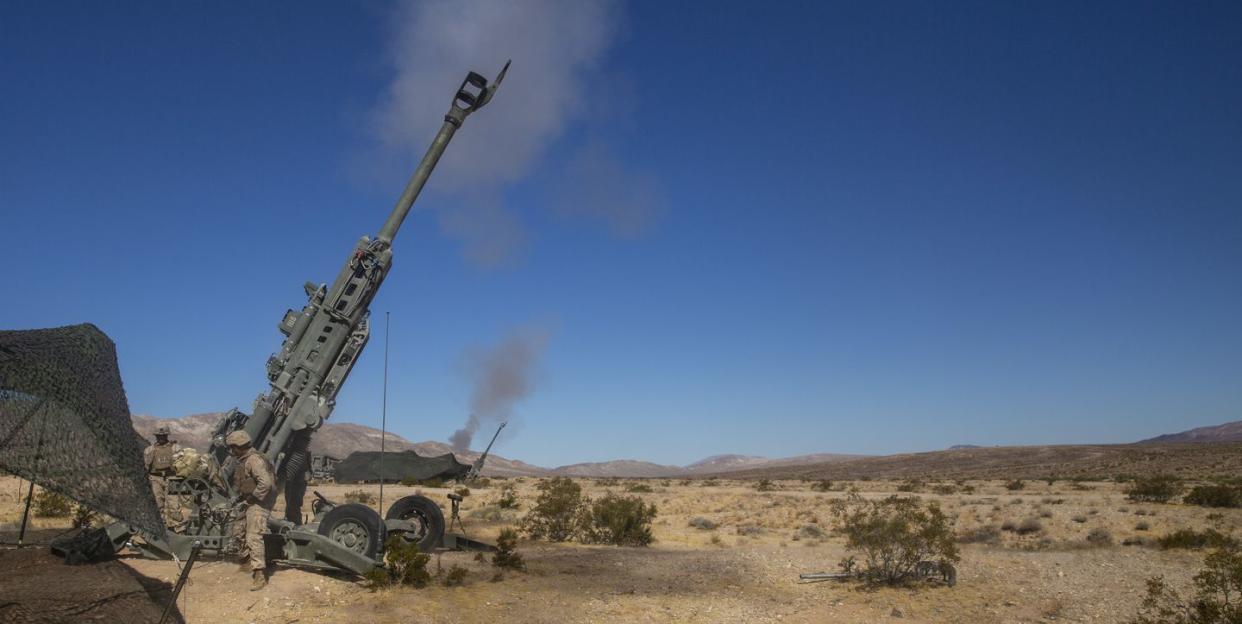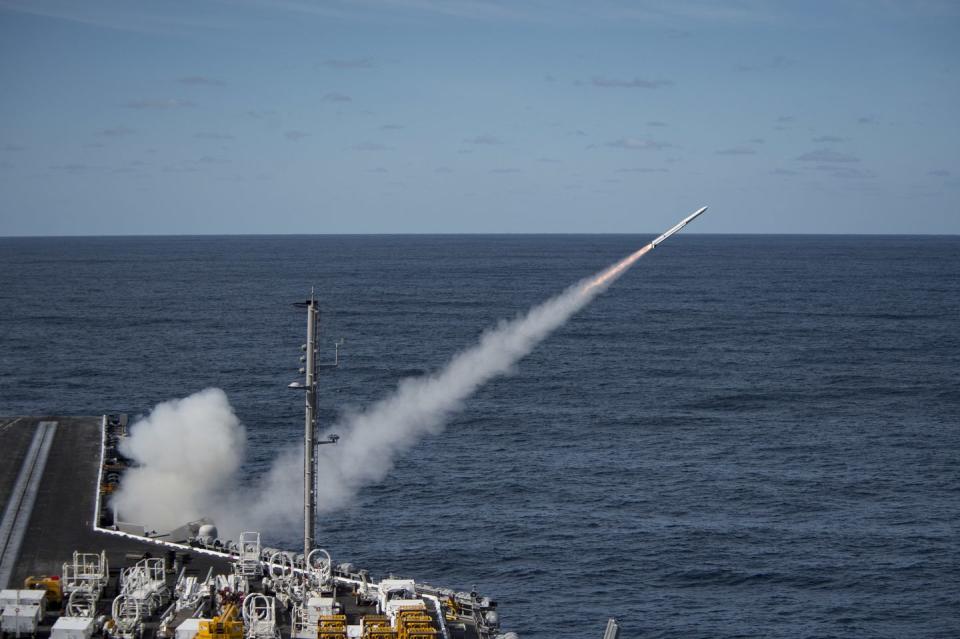Ramjets Will Drastically Improve Missiles and Artillery Shells

Ramjet missiles, due to their use of abundant air, are the ideal propulsion system for high speed aircraft, missiles, and other objects.
Nammo has finished tests of its new ramjet engine.
Missiles and even artillery shells will see big speed and range gains with ramjets, allowing those with them to out-range those without.
Missiles and artillery shells are on the cusp of a major breakthrough, thanks to research into ramjet engine technology. Norwegian company Nammo has finished the first phase in its testing of ramjet engines that will mean big increases in both speed and range to tactical missiles and even howitzer shells.
Unlike other weapon propulsion systems, ramjets gulp air to use as fuel. Ramjets, according to NASA, are the “ideal propulsion system” for “high supersonic” or hypersonic flight. As a missile or aircraft flies along, it compresses the air in front of it. This is known as ram pressure. Rather than force their way through this pressure wave, ramjets suck it in, using the abundant oxygen in it as an oxidizer. The air is mixed with burning fuel and then pushed out a nozzle in the rear, creating thrust.
Traditional missiles powered by rocket motors typically carry both fuel and oxidizer. An air-breathing ramjet missile can dispense with the separate oxidizer payload, reducing the size of a propulsion package. Thanks to ramjets, smaller missiles use that space for other things, like a bigger warhead or more fuel. Alternately, a ramjet could be placed in something that has never actually had an engine before—like an artillery shell—without changing the overall design too much.
According to Air Force Technology, Norwegian defense contractor Nammo has completed its first round of ramjet motor testing with 150 successful tests. The second round will consist of shooting ramjet-powered 155-millimeter artillery rounds.
Nammo claims traditional rocket engines are 20 percent fuel and 80 percent oxidizer. With a ramjet engine, that ratio changes to one hundred percent fuel and zero percent oxidizer, leading to dramatic increases in flight time and range.

The difference between rocket motors and ramjets is plainly obvious in the company’s plans for the Evolved Sea Sparrow (ESSM) surface-to-air missile. In September, Defense News reported Nammo plans to retrofit the ESSM with a ramjet. Existing rocket motor-powered ESSMs have a range of 50 kilometers (31 miles). With a ramjet engine, the company believes an upgraded ESSM would have a range of over 400 kilometers (248 miles).
Ramjet artillery rounds will also see big gains in range. Traditional unpowered artillery rounds coast along on ballistic arcs, slowly losing speed as they travel towards their targets. A ramjet round will not only reach farther but fly faster, particularly towards the end of the arc. Adding a ramjet to a 155-millimeter howitzer shell will mean less internal volume for an explosive payload, but the gain in range will be well worth it.
Nammo claims its ramjet howitzer shell will reach a distance of 60 miles, compared to 15 miles for standard howitzer shells.
You Might Also Like

